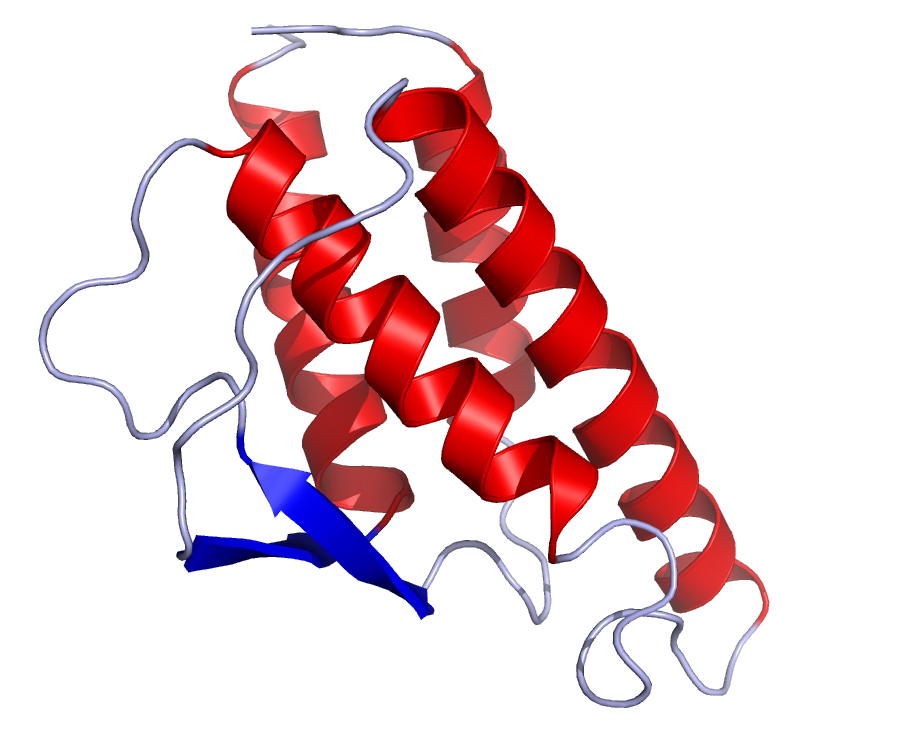Interleukin 4
Editor-In-Chief: C. Michael Gibson, M.S., M.D. [1]
Overview
Interleukin-4, abbreviated IL-4, is a cytokine that induces differentiation of naive helper T cells (Th0 cells) to Th2 cells. Upon activation by IL-4, Th2 cells subsequently produce additional IL-4. The cell that initially produces IL-4, thus inducing Th0 differentiation, has not been identified.
Functions
It has many biological roles, including the stimulation of activated B-cell and T-cell proliferation, and the differentiation of CD4+ T-cells into Th2 cells.
It is a key regulator in humoral and adaptive immunity.
IL-4 induces B-cell class switching to IgE, and up-regulates MHC class II production.
History
This cytokine was co-discovered by Maureen Howard and William Paul[1] and by Dr. Ellen Vitetta and her research group in 1982.
The nucleotide sequence for human IL-4 was isolated four years later confirming its similarity to a mouse protein called B-cell stimulatory factor-1 (BCSF-1).[2]
Related Chapters
References
- ↑ Howard M, Paul WE (1982). "Interleukins for B lymphocytes". Lymphokine Res. 1 (1): 1–4. PMID 6985399.
- ↑ Yokota T; et al. (1986). "Isolation and characterization of a human interleukin cDNA clone, homologous to mouse B-cell stimulatory factor 1, that expresses B-cell- and T-cell-stimulating activities". Proc. Natl. Acad. Sci. U.S.A. 83 (16): 5894–8. PMID 3016727.
Further reading
- Kay AB, Barata L, Meng Q; et al. (1997). "Eosinophils and eosinophil-associated cytokines in allergic inflammation". Int. Arch. Allergy Immunol. 113 (1–3): 196–9. PMID 9130521.
- Marone G, Florio G, Petraroli A, de Paulis A (2001). "Dysregulation of the IgE/Fc epsilon RI network in HIV-1 infection". J. Allergy Clin. Immunol. 107 (1): 22–30. PMID 11149986.
- Marone G, Florio G, Triggiani M; et al. (2001). "Mechanisms of IgE elevation in HIV-1 infection". Crit. Rev. Immunol. 20 (6): 477–96. PMID 11396683.
- Maeda S, Yanagihara Y (2001). "[Inflammatory cytokines (IL-4, IL-5 and IL-13)]". Nippon Rinsho. 59 (10): 1894–9. PMID 11676128.
- Izuhara K, Arima K, Yasunaga S (2003). "IL-4 and IL-13: their pathological roles in allergic diseases and their potential in developing new therapies". Current drug targets. Inflammation and allergy. 1 (3): 263–9. PMID 14561191.
- Copeland KF (2006). "Modulation of HIV-1 transcription by cytokines and chemokines". Mini reviews in medicinal chemistry. 5 (12): 1093–101. PMID 16375755.
- Olver S, Apte S, Baz A, Kienzle N (2007). "The duplicitous effects of interleukin 4 on tumour immunity: how can the same cytokine improve or impair control of tumour growth?". Tissue Antigens. 69 (4): 293–8. doi:10.1111/j.1399-0039.2007.00831.x. PMID 17389011.
| This immunology article is a stub. You can help Wikipedia by expanding it. |


